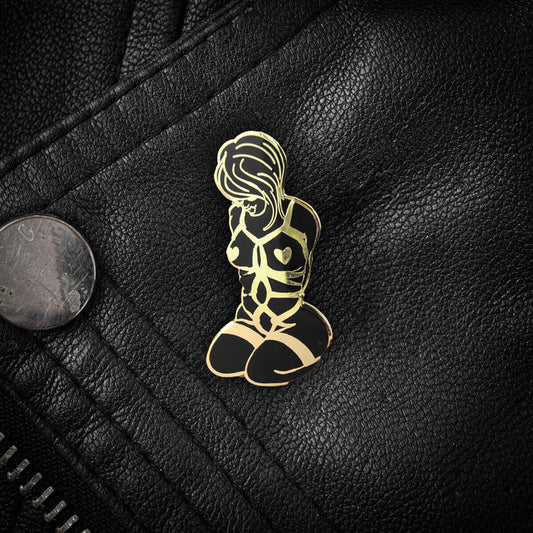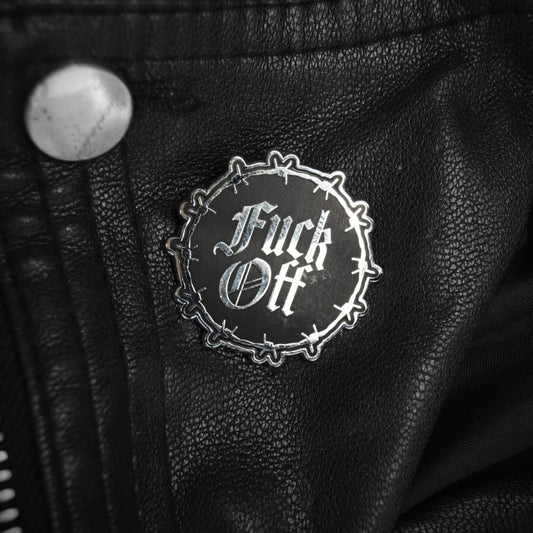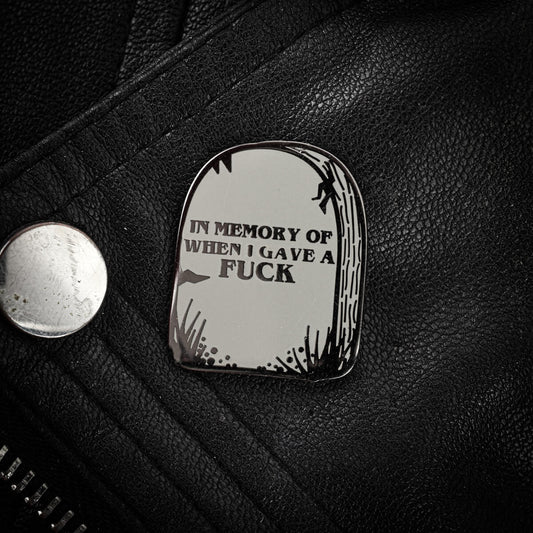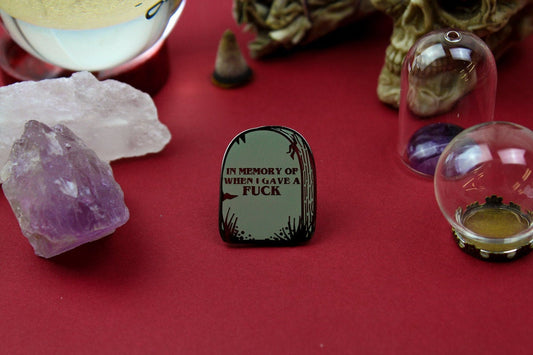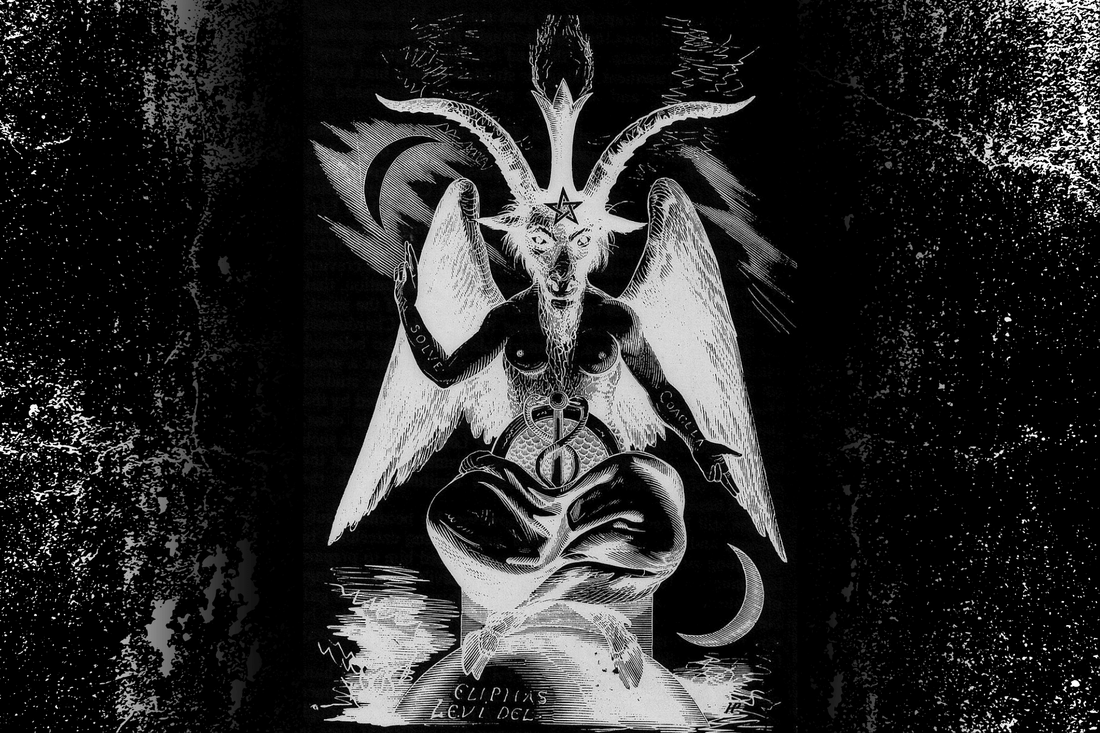
Who is Baphomet?
Share
Mysterious, controversial, and instantly recognisable, Baphomet is one of history’s most misunderstood figures. The goat-headed icon has been accused of heresy, hailed as a symbol of balance, and branded as a mascot for rebellion. For centuries, it’s sparked curiosity, confusion, and fear.
First appearing in the murky waters of the Knights Templar’s trial records, Baphomet has taken on many guises over the years. From a medieval smear campaign to an emblem of modern counterculture, the story of Baphomet is as complex as it is captivating. So, is it the ultimate villain, a misunderstood symbol, or something in between?
Let’s unpack the mythology, history, and modern relevance of Baphomet to separate fact from fiction.
Origins of the Name "Baphomet"
The name “Baphomet” made its debut in the early 14th century during the infamous persecution of the Knights Templar. Accused of heresy, blasphemy, and, crucially, worshipping an idol called Baphomet, the Templars found themselves under fire. King Philip IV of France spearheaded these accusations, likely more interested in seizing the Templars’ assets than rooting out genuine heresy.
The origins of the word “Baphomet” remain hotly debated. Some historians believe it’s a distorted version of “Mahomet” (the medieval Latin name for the Prophet Muhammad), reflecting the Crusaders’ prejudices against Islam. Others suggest a more esoteric angle, with some theorists arguing it’s an anagram for Sophia (Greek for wisdom). Regardless, no definitive evidence connects the Templars to any idol resembling Baphomet.
Accounts of what Baphomet actually looked like are all over the map. Some describe it as a bearded head; others envision a hybrid, almost alien-like idol. This inconsistency suggests the charges were likely fabricated to discredit the Templars.
In short, the name “Baphomet” was likely born from a cocktail of cultural prejudice and political manoeuvring. Its real-life origins might be murky, but its mythological potential was just getting started.
The Templar Connection
The Knights Templar’s alleged ties to Baphomet have fuelled centuries of speculation. But how much of it was real?
In 1307, hundreds of Templars were arrested and tortured, with confessions extracted under brutal conditions. Among the charges: worshipping a strange idol named Baphomet. Some claimed it was a disembodied head; others described it as a statue or bizarre effigy. These inconsistent accounts reek of forced storytelling.
Heresy was a damning accusation for a Christian military order. Worshipping Baphomet painted the Templars as both religious and moral traitors, effectively destroying their reputation.
Historians widely agree that these charges were politically motivated. By the early 14th century, the Templars had amassed significant wealth and power - a tempting target for King Philip IV. Accusing them of heresy gave him the perfect excuse to dismantle the order and claim their assets.
Despite thorough investigations, no physical evidence of Baphomet-like idols was ever found. Descriptions varied wildly, further supporting the theory that the accusations were fabricated.
While the Templar connection to Baphomet was likely a medieval power grab, it planted the seeds for Baphomet’s later transformation into a powerful symbol of mystery and rebellion.

Photo by Roman Biernacki
The Birth of the Goat-Headed Icon
Fast-forward to the 19th century, when French occultist Eliphas Lévi gave Baphomet a glow-up. In his 1854 book Dogme et Rituel de la Haute Magie, Lévi unveiled a striking illustration: a goat-headed figure with wings, a human body, and alchemical symbols. This version of Baphomet is the one we know today.
Lévi’s Baphomet was more about philosophy than fear. The goat’s head, crowned with a pentagram, represents wisdom and independence. The figure’s androgynous body - a mix of male and female traits - symbolises balance. The Latin inscriptions solve (dissolve) and coagula (coagulate) on its arms nod to alchemy and the union of opposites.
For Lévi, Baphomet wasn’t a deity or devil but a complex metaphor for harmony, enlightenment, and the pursuit of knowledge.
Despite Lévi’s intentions, the goat-headed figure was soon linked to Satanism, largely by critics of occultism. The pentagram’s association with devil worship only added fuel to the fire. By the 20th century, groups like the Church of Satan adopted Baphomet’s image as a symbol of rebellion and individualism, cementing its misunderstood reputation.
Occultism, Activism, and Beyond
In today’s world, Baphomet is a symbol with a foot in many camps. From occult circles to political protests, its significance has evolved far beyond its historical roots.
The Church of Satan, founded in 1966, embraced Baphomet as part of its official insignia. Their “Sigil of Baphomet” - a goat’s head within an inverted pentagram - represents individualism and freedom from traditional dogma. For them, Baphomet is less about worship and more about philosophy.
Meanwhile, The Satanic Temple has used Baphomet as a statement piece. Their infamous statue, featuring Baphomet seated on a throne flanked by two children, is a bold symbol of pluralism and the separation of church and state. It’s activism with a side of provocation.
Beyond Satanism, Baphomet remains a key figure in occult philosophy. It embodies duality, the integration of opposites, and the pursuit of enlightenment - a far cry from its sensationalised reputation.
Pop Culture: Fear, Shock, and Iconography
Baphomet’s cultural takeover is hard to miss. It’s in horror films, metal album covers, and even fashion. But pop culture often strips Baphomet of its deeper meaning, reducing it to a shocking or sinister visual.
Movies like The Witch (2015) and countless horror flicks lean on the goat-headed imagery to evoke dread. These depictions rarely explore the figure’s origins, opting instead for instant shock value.
In heavy metal and goth scenes, Baphomet’s rebellious aura fits perfectly. Bands use its image to emphasise themes of defiance and darkness, while visual artists reinterpret it to challenge societal norms.
Baphomet-inspired designs have made their way into streetwear, symbolising individuality and anti-establishment attitudes. While many wearers might not dive into the figure’s history, its edgy aesthetic speaks volumes.

Photo by David Boca on Unsplash
The Broader Symbolism of Baphomet
Strip away the accusations and misunderstandings, and Baphomet is a symbol of duality, rebellion, and self-discovery. Its roots may lie in religious controversy, but its broader appeal stems from its ability to challenge norms and spark thought.
Eliphas Lévi’s depiction highlights Baphomet’s role as a unifier of opposites. Light and dark, male and female, spiritual and material - all coexist within the figure, reflecting the complexities of existence.
From the Templars to The Satanic Temple, Baphomet has long been tied to resistance against authority. Its symbolism resonates with those who reject dogma and seek freedom of thought.
Baphomet is more than just a goat-headed figure; it’s a cultural chameleon. From a tool of medieval political propaganda to a modern-day emblem of balance and rebellion, its story reflects humanity’s ongoing struggle with power, identity, and meaning.
Misunderstood? Absolutely. Misrepresented? Often. But Baphomet’s ability to provoke thought and challenge assumptions ensures its place in history - not as a villain, but as a symbol of complexity in a world that craves simplicity.
